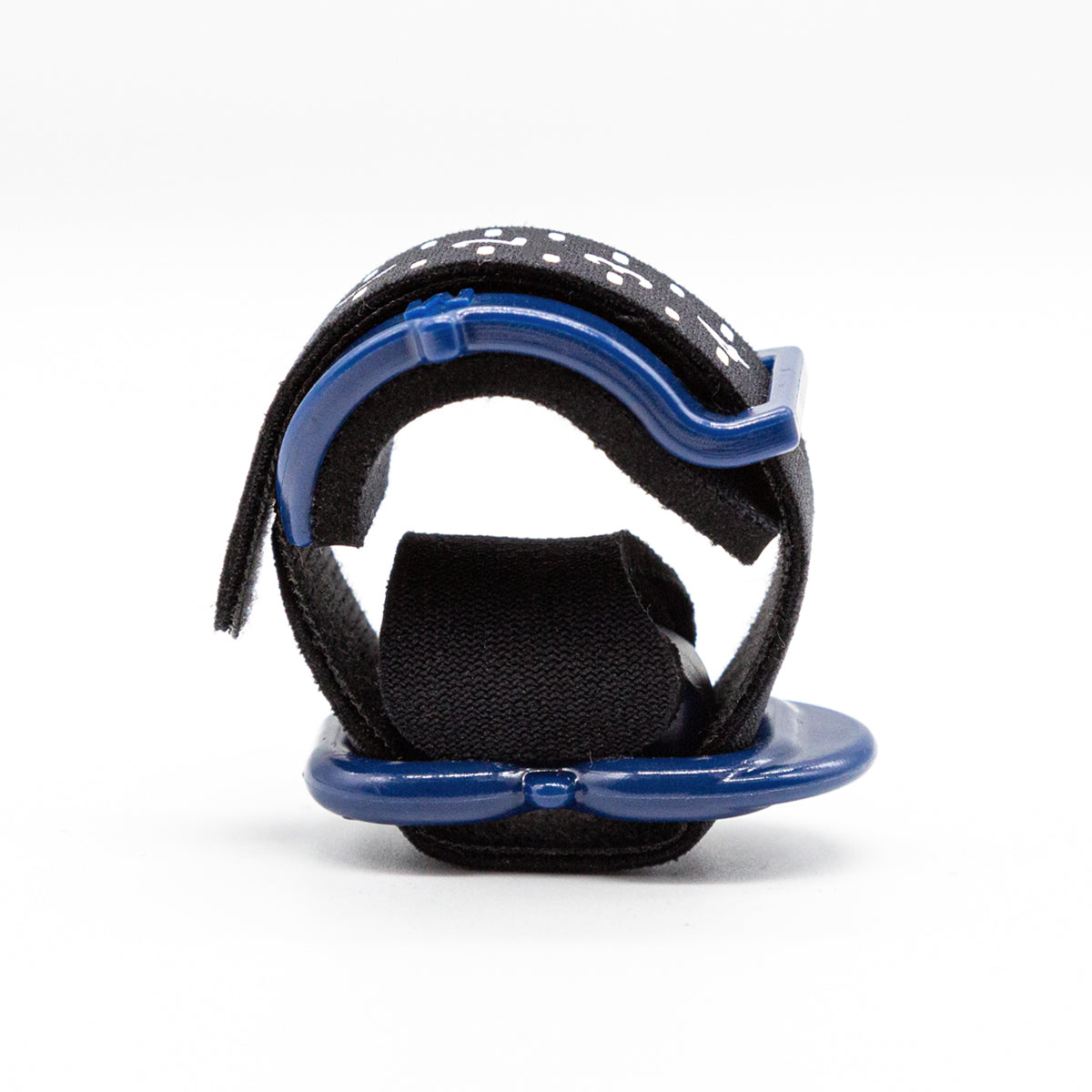There are several safe and effective treatments currently available for prostate cancer.
The type of treatment your doctor recommends will vary depending on the type of prostate cancer you have: localized or metastatic.
Localized prostate cancer means the cancer is located only within the prostate gland, and has not spread to the lymph nodes or other areas of the body.
Metastatic, or metastasized cancer, means it has spread beyond the prostate. When it spreads, prostate cancer commonly migrates to the lymph nodes, bones, liver and/or lungs.
This article focuses mainly on treatments for localized prostate cancer, which accounts for approximately 80% of all prostate cancer diagnoses.
Whether you’ve just been diagnosed, or have already undergone a radical prostatectomy, this article provides information on nine different treatments your doctor may recommend for you.
What is Prostate Cancer?
Cancer of the prostate gland is the most common cancer in American men with over 160,000 cases diagnosed per year.

Source: WebMD
The prostate produces some of the fluid used in semen as well as regulates urinary control.
Routine PSA screening is the best way to monitor for the disease and to catch it early. Prostate cancer is highly treatable when caught early!
Early warning signs of prostate cancer often include difficulty urinating or increased urinary frequency, back, hip, or thigh pain and blood in the urine. Symptoms may not be noticeable at first in some patients, which is why many doctors, though not all, recommend routine PSA screening after age 40.
Should you be diagnosed from a PSA screening test, discuss all your available treatment options with your doctor. Don’t be afraid to seek second opinions for any recommended actions from other doctors, your Provincial Cancer Agency, and recognized cancer treatment centres.
1. Radical Prostatectomy
A radical prostatectomy is the removal of the prostate gland. It’s the standard of care for localized prostate cancer cases to prevent it from spreading, and is a routine treatment.
It’s important to note that it is only effective for localized prostate cancer. In those cases, the long-term survival rate is over 90% for patients who have undergone a radical prostatectomy.
The procedure requires a few days in a hospital to recover, as well as 1-2 weeks of resting at home. That means no work, driving, strenuous activity or even too much walking. After this period, much of your life will get back to normal. Healing from a prostatectomy takes between 6-8 weeks in total.
Potential side effects include: temporary erectile dysfunction and urinary incontinence.
For many men, urinary incontinence can persist for longer than 8 weeks, and last even months or years. But that doesn’t mean you have to put up with it!
The Pacey Cuff™ was invented to provide a 100% effective and discreet solution to male urinary incontinence so you can get back to doing the things you love.
The Pacey Cuff™ is unlike anything else on the market. It offers 24/7 comfort without restricting normal blood flow, a common issue with other continence clamps. Check it out today!
2. Radiation Therapy
Radiation as it applies to cancer treatment is the use of high-energy rays to destroy cancer cells.
Radiation therapy is often a specific number of treatments performed over a set schedule of weeks or months. Occasional side effects of radiation therapies can include bowel problems, including loss of control, erectile dysfunction, pain, bleeding and increased urinary frequency.
For prostate cancer, there are four types of radiation therapies:
External-beam Radiation Therapy
This treatment uses highly-focused radiation to target the specific area of the cancer, and is also known as Conformal radiation therapy (CRT).
By focusing the radiation and the ability to enter the body from a variety of different directions, maximum intensity is focused on the tumour. This minimizes damage to the healthy tissue surrounding the cancer.

Source: City of Physics
The patient lies flat while the beams, pre-calibrated to target the specific location of your cancer, deliver the radiation.
Intensity-modulated Radiation Therapy (IMRT)
This is a type of External-beam radiation therapy that uses CT scans to create a 3D model of the prostate. It allows for radiation to be focused away from rectum and bowel, thus reducing potential bleeding complications.
The model is able to identify precisely how much radiation is needed to treat the cancer in each patient’s case, making treatment truly personalized.
Proton Therapy
Most radiation therapies use photon, or x-ray, radiation to zap cancer cells. Proton therapy uses, as you may have already guessed, proton radiation.
The main difference is that when used in high doses, proton radiation results in less damage to the healthy tissues surrounding the cancer.
Protons have been proven to destroy cancer cells, although this form of treatment has not yet been clinically proven to be any more effective than regular External-beam radiation to treat prostate cancer specifically.
Brachytherapy
Brachytherapy is also known as internal radiation therapy. Instead of being placed into a machine with beams of radiation aimed at the body, patients have small, radioactive seeds inserted directly into the prostate.

Source: Chesapeake Urology
These seeds give off radiation for a set period of time. Low-dose seeds dissipate in about one year, while high-dose seeds dissipate much more rapidly. The dose applied to the tumour is very high while the normal tissues receive little radiation.
Brachytherapy is occasionally combined with External-beam radiation therapy or as a replacement for a radical prostatectomy.
3. Experimental Cryotherapy (Cryosurgery)
Cryotherapy, also known as cryosurgery, is an experimental treatment that involves freezing cancer cells, which cuts off their blood supply and ability to grow.
It is used in early-stage, localized prostate cancer cases as an alternative to a radical prostatectomy, although a prostatectomy is the standard of care for most patients. Some doctors may also recommend cryotherapy after traditional radiation therapy. The hospital stay required after this treatment is 1-2 days.
Possible side effects of cryotherapy can be blood in the urine, soreness, swelling, and temporary disturbance of the bowel or urinary frequency. The procedure can also damage nerves near the prostate resulting in permanent erectile dysfunction.
4. High Intensity Focused Ultrasound (HIFU)
High intensity ultrasound treatment is considered experimental in the United States. It is approved for the treatment of prostate disease, though not specifically prostate cancer.

Source: LinkedIn
It is the complete opposite of cryotherapy. It involves heating up cancer cells using ultrasound waves until they die.
Possible side effects can include blood in the urine, soreness and swelling, and a temporary disturbance in bowel or urinary frequency.
5. Active Monitoring
Active monitoring is not a treatment in itself for prostate cancer. It means that even though no actual treatment is taking place, a doctor is still monitoring the progression of your prostate cancer.
This typically involves a doctor’s office visit including a rectal exam and PSA screening test every six months to check the cancer’s progress. If your disease worsens, your doctor may recommend one of the treatments described in this article.
A recent study published in the New England Journal of Medicine found that ten year survival rates for selected patients who opted for active monitoring were comparable to those who had undergone surgery or radiation treatment instead.
However, active monitoring may allow the disease to spread. For this reason, active monitoring is only recommended for cases of localized prostate cancer, specifically for older individuals and those with small amounts of cancer not currently causing any symptoms.
Additionally, active monitoring may be appropriate for those with other serious health problems for which undergoing prostate cancer treatment would be risky, and/or not greatly improve the quality of their life.
Young and otherwise healthy men often respond well to treatment and should consider those avenues first, before opting for active monitoring.
6. Bone-Directed Treatment
Bone-directed treatment is used when the prostate cancer has metastasized, meaning it has spread to surrounding bone tissue. Often, External-beam radiation therapy is also performed since it is helpful for bone disease pain.
Any type of bone-directed treatment is most often a palliative treatment meant to manage pain and symptoms, rather than to cure the disease.
When cancer enters the bones, it can be very painful and also result in fractures due to the weakening of the bone structure.

Source: Medscape
In this treatment, a class of medication called bisphosphonates is given via an IV every 3 or 4 weeks on a recurring schedule.
The goals of bone-directed treatment are to:
- Control pain and reduce blood calcium levels.
- Slow the cancer’s growth.
- Strengthen bones to prevent breaks.
Possible side effects include flu-like symptoms and in some cases, kidney problems. A very rare side effect is osteonecrosis, where basically blood supply is cut off to your jaw which causes mouth, tooth and oral health issues.
7. Chemotherapy
Chemotherapy is used in many forms of cancer. For prostate cancer, it is often combined with hormone therapy in advanced metastatic cases (Stage 3 and 4).
A recent study found that combining the two treatments helped men live on average a year longer than those treated with hormone therapy alone.
There are many different chemo drugs on the market and your doctor will likely try several of them, one at a time, to find the most effective option for your cancer. Used alone, chemotherapy is not a curative treatment for prostate cancer. It is more often used to improve quantity and quality of life instead of to eradicate disease.
Each chemotherapy cycle usually lasts for a few weeks, followed by a drug-free rest period for your body to recover.
Possible side effects of chemotherapy include hair loss, loss of appetite, nausea, fatigue and an increased chance of infections and bruising. These side effects are common of all chemotherapy drugs, not just the ones used for prostate cancer. They will subside once treatment is complete.
8. Hormone Therapy (ADT)
Hormone therapy, also known as androgen deprivation therapy (ADT), focuses on reducing testosterone in the body.
Prostate cancer cells feed on androgens, which are male sex hormones like testosterone. By reducing these, it helps to slow the cancer’s growth. As mentioned above, it’s often used in combination with chemotherapy to slow cancer growth even further.
Hormone therapy can be carried out either surgically or with medication. Surgical measures include removing the testicles to stop production of testosterone altogether. This is usually only performed in older men.
More commonly, drugs are given to “turn off” the function of the testicles and adrenal glands that produce androgens instead.
Source: National Cancer Institute
Hormone therapy can be used to treat both localized and metastasized prostate cancer cases, so your doctor may advise trying this out with any of the other treatments in this article.
For localized prostate cancer, hormone blockers are typically given intermittently over a period of 6-24 months. For metastatic cases, they are given indefinitely in order to attempt to stop future spreading of the disease.
Hormone therapy does not reduce cancer cells, but it can stop them from multiplying and spreading.
Hormone therapy can also be recommended after a radical prostatectomy if small amounts of cancer cells are still detected in the lymph nodes after surgery. This reduces the chance of the cancer returning in the future.
Side effects usually go away as soon as treatment ends, but can include erectile dysfunction, loss of sexual desire, depression, hot flashes, weight gain, loss of muscle mass and osteoporosis.
Conclusion
While a radical prostatectomy remains the standard of care for localized prostate cancer, these are a few of the other options your doctor may recommend throughout the course of your treatment.
Not all treatments are right for every case. Don’t be afraid to ask your doctor about them, but be prepared for your doctor to already have a treatment plan in mind for your unique situation.
If you’re suffering from occasional or chronic urinary incontinence as a side effect of any of these treatments, you need to try out the Pacey Cuff™. It’s painless, easy-to-use and it will give you back the freedom to go anywhere, anytime and carry on with your life.
Learn more about the revolutionary Pacey Cuff™ and order yours online today!
[ SHOP NOW ]








